Oakford Archaeology was commissioned in 2017 by Jillings Heynes Planning Ltd to undertake a staged programme of archaeological work on land behind Liney Road, Westonzoyland, Somerset. The staged programme initially consisted of an archaeological desk-based assessment, which identified evidence for prehistoric and Romano-British activity, in particular to the west, east and north of the site, and a geophysical survey undertaken by...
Read MoreOakford Archaeology was commissioned in 2017 by Placeland Ltd to undertake a staged programme of archaeological work on land behind Holly Berry Lane, Lee Mill, Devon. A geophysical survey was undertaken across the site by Substrata. A series of anomalies were identified including a possible sub-square enclosure and linear boundaries and the subsequent trench evaluation was targeted on these results. The remains of a large sub-square...
Read MoreIn 2017 Exeter City Council required an archaeological desk-based assessment for Hurst Almshouses, Fairpark Road, Exeter, Devon in order to place the site in its archaeological context, and to provide an indication of archaeological issues relating to a forthcoming planning application for residential development. The desk-based assessment highlighted that the site was located in an area of extensive prehistoric and Romano-British...
Read MoreOakford Archaeology undertook a community archaeological evaluation in April 2017 on the site of a suspected farmstead at Vinnimore Farm in the Becka Brook Valley, Dartmoor, Devon. The project was part of the parish of Lustleigh’s Parishscapes project and was funded under the Dartmoor National Park Authority-led “Moor than meets the Eye” HLF supported Landscape Partnership scheme. The excavation established the presence of a farmstead...
Read MoreBetween January and August 2016 Oakford Archaeology carried out an archaeological building survey on the Grade II Listed house at Staddons, Walkhampton, Devon. The large size and architectural features of the property reflect a large and prosperous farming or mercantile establishment in the 14th to the 18th centuries, and subsequent decline, partial demolition and subdivision into smaller dwellings during the 18th and 19th centuries....
Read MoreOakford Archaeology carried out an archaeological building survey and watching brief between February and December 2016 at No 40 The Strand, Topsham, Devon. It is an important, if unconventional, historic house lying on the east side of a number of historic wharfs and quays on the Strand. The large size and architectural features of the property reflect a large and prosperous mercantile establishment in the 17th to the 18th centuries,...
Read MoreIn June 2015 Oakford Archaeology carried out an Historical building survey to assess the significance of the farm buildings at Maker Farm, Rame Peninsula, Cornwall. The development of the farm buildings displays the complex history of enlargement and alterations of an early 19th century farm. The earliest buildings, one of which has been demolished, were set around a farmyard to the south of the house. The eastern barn was probably...
Read MoreA phased programme of heritage consultancy and archaeological works, including historic building recording, desk-based research, evaluation, excavation and monitoring and recording, is being undertaken by Oakford Archaeology since December 2016 at Halswell House, Goathurst, Somerset for Thread Architects on behalf of Mr Edward Strachan. The archaeological consultancy and fieldwork programme is part of an extensive programme of...
Read MoreBetween January and May 2017 Oakford Archaeology carried out an archaeological building survey on the Grade II Listed farmhouse at Abbotsham, Brushford, Devon. The house was originally built as a double-depth plan house in the early 18th century, exemplifying a new type of farmhouse, sometimes called the ‘Georgian Farmhouse’, which appears in Devon by the beginning of the 18th century. The presence of re-used timbers within the...
Read MoreIn 2014 North Somerset District Council required that a programme of archaeological desk-based assessment and geophysical survey be undertaken at Bleadon Hill, Somerset, in order to place the site in its archaeological context, and to provide an indication of archaeological issues relating to a forthcoming planning application for residential development. The desk-based assessment highlighted that the site was located in an area of...
Read More
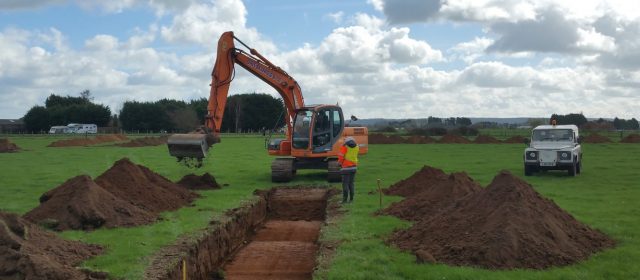
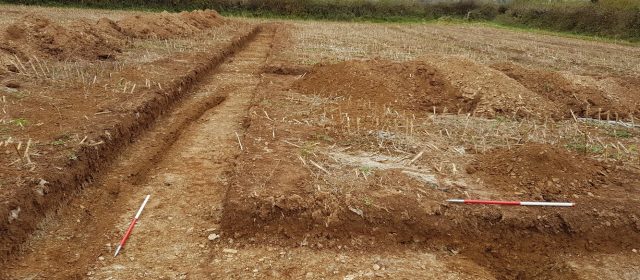
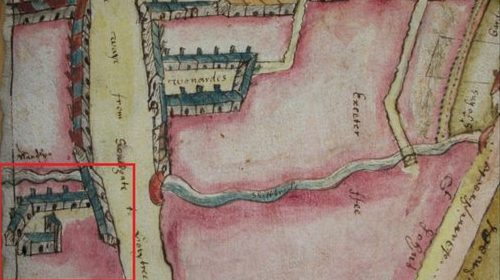
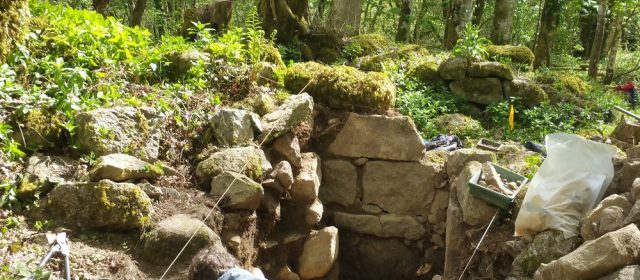
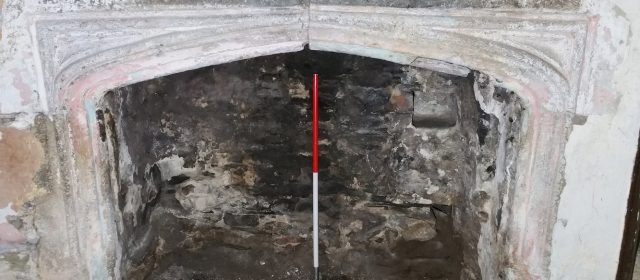
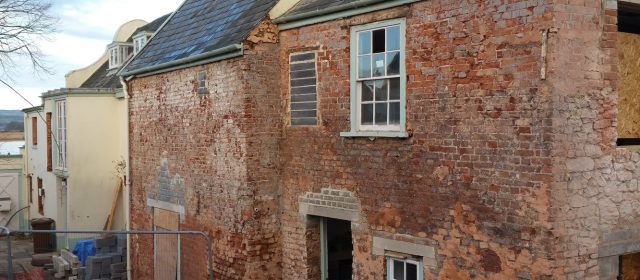
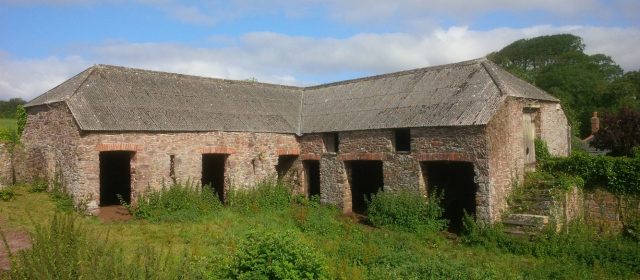
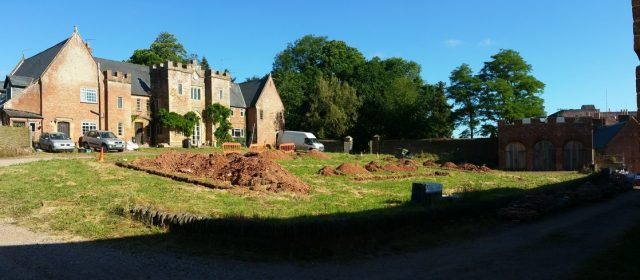
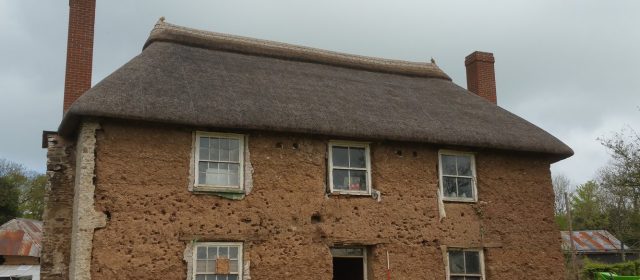
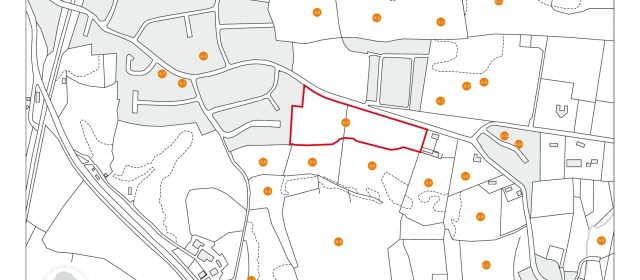
Recent Comments